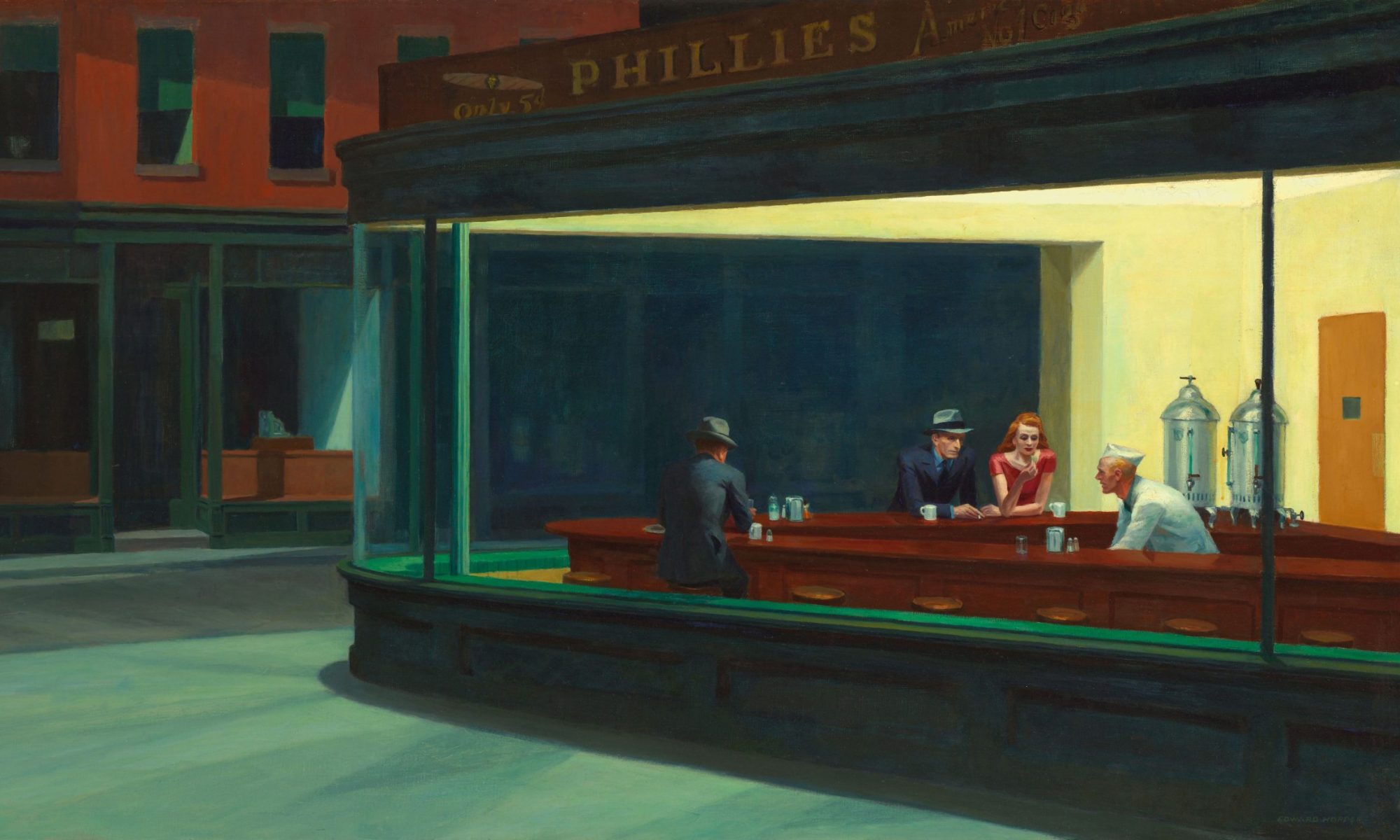Raoul Wallenberg’s extraordinary courage and humanitarianism during World War II transcend the passage of time, earning him a place among history’s most revered figures. Born into a distinguished Swedish family on August 4, 1912, Wallenberg inherited a legacy of compassion and altruism that would shape his destiny.
As the specter of Nazism cast its shadow over Europe, Wallenberg found himself thrust into a pivotal role as a Swedish diplomat in Budapest, Hungary. In the summer of 1944, with the Holocaust reaching its apogee and the Jewish population of Hungary facing imminent annihilation, Wallenberg embarked on a mission of unprecedented daring and selflessness.
Upon his arrival in Budapest, Wallenberg encountered a city teeming with despair and terror. The Jewish community, numbering in the hundreds of thousands, faced systematic persecution and deportation to the death camps of Auschwitz and Bergen-Belsen. Undeterred by the enormity of the task before him, Wallenberg resolved to act with unwavering determination and ingenuity.
His first act of defiance against the Nazis came in the form of protective passports. By leveraging his diplomatic status and forging documents, Wallenberg granted Swedish citizenship to thousands of Hungarian Jews, affording them a lifeline of protection against deportation and certain death. The sight of these blue and yellow passports became a symbol of hope amid the darkness, a tangible expression of Wallenberg’s commitment to preserving human dignity in the face of unspeakable evil.
Yet Wallenberg’s heroism extended far beyond the realm of paperwork. Recognizing the urgent need for safe havens, he established a network of safe houses and diplomatic shelters throughout Budapest, providing refuge for Jews on the run from the Gestapo and Hungarian Arrow Cross fascists. These safe houses, adorned with the Swedish flag and bearing the sign “Swedish Library,” became sanctuaries of freedom and defiance in a city gripped by fear and oppression.
Wallenberg’s efforts to thwart the Nazis were not limited to clandestine operations. Armed with nothing but his courage and charisma, he confronted Nazi officials and Hungarian collaborators, demanding the cessation of deportations and the release of Jewish prisoners. His boldness in the face of danger and his unyielding commitment to justice helped sway the course of events, delaying the implementation of the Final Solution in Hungary and saving countless lives in the process.
One of the defining moments of Wallenberg’s heroism occurred in the closing stages of the war. In January 1945, as the Red Army advanced towards Budapest, he embarked on a daring mission to prevent the massacre of Jews in the city’s ghettoes. Risking his own safety, he confronted German officers and negotiated with the Hungarian authorities, securing a temporary reprieve for the besieged Jewish population. His actions saved thousands from certain death, earning him the undying gratitude of those he rescued.
Tragically, Wallenberg’s courageous journey came to an abrupt and mysterious end. In January 1945, as the Soviet Army liberated Budapest from Nazi occupation, Wallenberg was detained by Soviet forces and never seen again. Despite decades of speculation and inquiry, his ultimate fate remains shrouded in mystery, and he is presumed to have perished in Soviet custody. Yet even in death, his legacy endures as a beacon of hope and righteousness, inspiring future generations to stand up against tyranny and injustice.
In recognition of his extraordinary bravery and selflessness, Raoul Wallenberg has been posthumously honored around the world. Countless memorials, monuments, and institutions bear his name, ensuring that his memory will never fade. He has been awarded numerous honors, including being named as one of the Righteous Among the Nations by Yad Vashem, Israel’s official memorial to the victims of the Holocaust.
Raoul Wallenberg’s life serves as a testament to the power of individual action in the face of overwhelming evil. His unwavering commitment to justice, his willingness to risk everything for the sake of others, and his refusal to remain silent in the face of oppression make him a shining example of human decency and compassion. As we reflect on his remarkable legacy, let us reaffirm our own dedication to the timeless values of tolerance, empathy, and solidarity.
